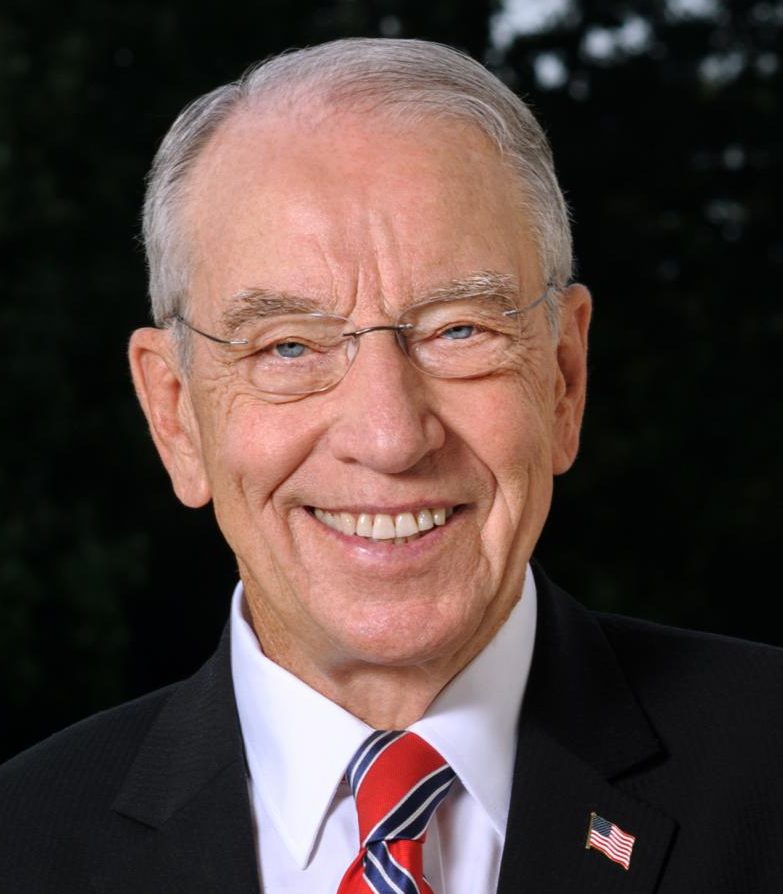Sen. Chuck Grassley (R-Iowa) joined Sen. Roy Blunt (R-Mo.) Thursday to introduce new legislation to overhaul the U.S. Army Corps of Engineers’ (USACE) process for managing water resource projects along the lower Missouri River system. The Lower Missouri River Flood Prevention Program Act is cosponsored by all of the senators from the lower Missouri River basin states, including Sens. Joni Ernst (R-Iowa), Deb Fischer (R-Neb.), Josh Hawley (R-Mo.), Jerry Moran (R-Kan.), Pat Roberts (R-Kan.) and Ben Sasse (R-Neb.). The bill would establish a new program that would require the USACE to implement a system-wide approach to water development projects to reduce flood risk and improve flood protection along the lower Missouri River.
“I heard directly from Iowans across the state last year about how the historic flooding was having a devastating impact in their communities. It’s important that we learn from those experiences and do what we can to protect against and prevent future flooding. This bill will empower the Army Corps of Engineers to work with stakeholders along the Lower Missouri River to more seamlessly implement projects through the study, design and construction phases,” Grassley said.
“As evidenced by the recurring flooding in the lower basin, the current approach is not working. At the federal level, we need to work toward a long term solution to our region’s flood control challenges. I’m glad that all of my Senate colleagues representing the lower basin states are making this issue a priority and will continue to work with them,” Ernst said.
“After the historic flooding we saw over last spring and in previous years, it is clear that we need to fundamentally change the way the Missouri River is managed. Farmers, families, and local officials I’ve talked to are rightly concerned with the lack of progress that has been made in repairing damaged infrastructure and putting stronger protections in place for the future. We can’t just sit by and wait for the next major flood event. This bill will give the Army Corps of Engineers the ability to develop a comprehensive system plan to design and build critical flood control projects that will do a better job of protecting people and property,” Blunt said.
The proposal provides greater efficiencies and streamlining with regard to how the USACE plans for and manages Missouri River water resource development projects from inception to completion. Specifically, the Lower Missouri River Flood Prevention Program Act would:
- Require the Secretary of the Army to administer a program to study, design, and construct water resources development projects, and modify completed water projects, to provide flood protection to affected communities;
- Direct program authority to encompass 735 miles of the Missouri River (from Sioux City, Iowa, to the mouth of the river);
- Require the Secretary of the Army to develop a system plan for reducing flood risk and improving flood resiliency;
- Provide authority, after development of a project feasibility report, for the Secretary of the Army to construct projects where the federal share does not exceed $75 million. This would streamline and facilitate the USACE’s ability to initiate feasibility studies and planning for projects within a certain funding threshold where the agency traditionally has to seek separate authorization for these types of activities;
- Require congressional authorization for projects where the federal share exceeds $75 million. The federal cost-share for feasibility reports and construction would be 80%; and
- Require consultation with applicable federal and state agencies, tribes, and stakeholders.















